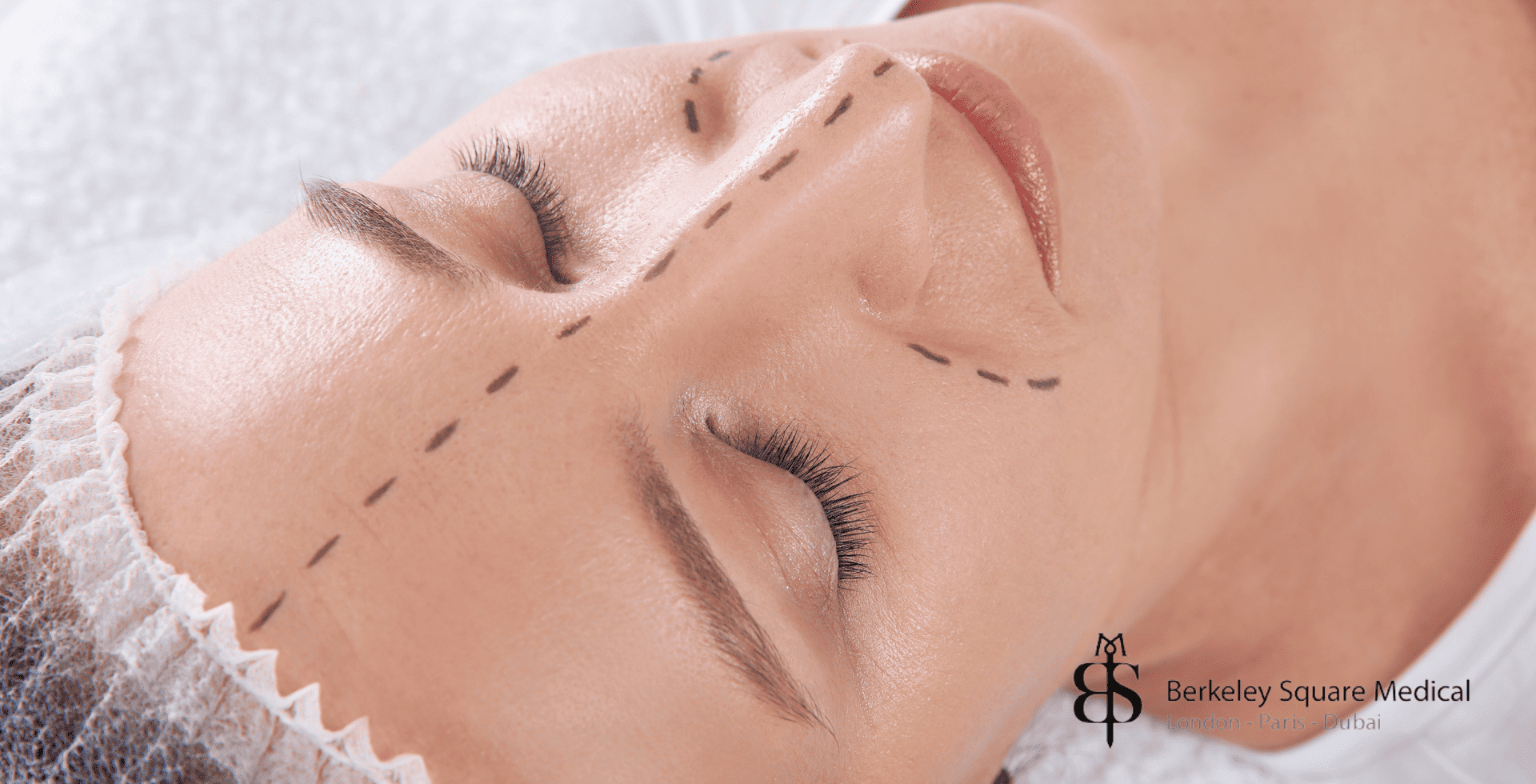
If you are considering surgery to treat your sleep apnea, you may be wondering if rhinoplasty is the right option for you.
Rhinoplasty surgery, or nose job, is a common facial cosmetic procedure used to improve the appearance of the nose.
However, functional rhinoplasty or septoplasty can also be used to correct functional problems such as sleep apnea.
In this blog post, we will discuss how rhinoplasty can help improve sleep apnea and what you need to know before undergoing surgery.
Sleep apnea is a sleep disorder that causes pauses in breathing or shallow breaths while you sleep.
These pauses can last for several seconds and can occur dozens of times throughout the night.
As a result, you may snore loudly or wake up gasping for air. Sleep apnea can cause daytime fatigue, difficulty concentrating, and moodiness.
In severe cases, it can increase the risk of heart disease, stroke, and high blood pressure.
The most common treatment option used to help sleep apnea is continuous positive airway pressure (CPAP).
CPAP is a machine that delivers air through a mask worn during sleep. The air pressure keeps your airway open and prevents pauses in breathing.
For some people, CPAP is not effective or tolerable. In these cases, surgery may be recommended.
As mentioned before, rhinoplasty is primarily cosmetic surgery, that aims to correct aesthetic imperfections of the nose.
However, fixing cosmetic issues can be combined with addressing functional issues as well during the same surgery.
For example, if the septum (the bone and cartilage that divide the nostrils) has deviated, this can narrow the airway and cause sleep apnea.
Septoplasty is the name of corrective nose surgery specifically for the septum.
Septoplasty can improve sleep apnea by correcting anatomical problems in the nose that are contributing to the condition.
Functional rhinoplasty surgery can straighten the septum, which can help improve airflow and reduce or eliminate sleep apnea symptoms.
In some cases, polyps or other growths in the nose may be contributing to sleep apnea.
Nose surgery can remove these obstructions, which can help improve breathing and reduce sleep apnea symptoms.
Rhinoplasty surgery can significantly improve sleep apnea but it may not cure the condition completely.
In some cases, patients may still need to use CPAP after surgery while others may be able to stop using it altogether.
If you are considering nose surgery to help improve your sleep apnea, be sure to consult with a board-certified facial plastic surgeon to discuss your options.
A qualified surgeon will be able to evaluate your individual situation and determine if surgery is the right treatment option for you.
As with any surgery, there are risks associated with rhinoplasty.
These risks include infection, bleeding, and bruising. In some cases, patients may also experience numbness, swelling, and difficulty breathing.
However, these risks are typically rare and can be minimized by choosing a qualified surgeon.
It is important to consult with a surgeon to discuss your specific situation.
During your consultation, your surgeon will evaluate your health, nasal anatomy, and aesthetic goals to determine if you are a suitable candidate for surgery.